 |
omdl
v0.9.7
OpenSCAD Mechanical Design Library
|
 |
omdl
v0.9.7
OpenSCAD Mechanical Design Library
|
Clamps, bushings, and grips for wires and hoses. More...
 Collaboration diagram for Clamps:
Collaboration diagram for Clamps:Files | |
| file | clamps.scad |
| Clamps, bushings, and grips for wires and hoses. | |
Functions | |
| module | clamp_cg (size, clamp, cone, grip, wth=0, gap=10, mode) |
| A clamp, bushing, and/or grip for wire/hose wall penetrations. More... | |
Clamps, bushings, and grips for wires and hoses.
| Requires: |
|---|
| include <omdl-base.scad>; |
| include <models/3d/fastener/screws.scad>; |
| include <parts/3d/enclosure/clamps.scad>; |
| module clamp_cg | ( | size | , |
| clamp | , | ||
| cone | , | ||
| grip | , | ||
| wth | = 0, |
||
| gap | = 10, |
||
| mode | |||
| ) |
A clamp, bushing, and/or grip for wire/hose wall penetrations.
| size | <decimal-list-2 | decimal> wire size; a list [w, h] or a single decimal to set the wire diameter. |
| clamp | <datastruct | integer> screw clamp; structured data or a single integer to set the clamp wall side {0|1}. |
| cone | <datastruct | integer> bushing cone; structured data or a single integer to set the cone wall side {0|1}. |
| grip | <datastruct | integer> zip tie grip; structured data or a single integer to set the grip wall side {0|1}. |
| wth | <decimal> wall thickness. |
| gap | <decimal> wire/hose gap percentage. |
| mode | <integer> operation mode {0=hole, 1=part-a, 2=part-b, 3=parts-a and b}. |
Construct a clamp, cone bushing, and/or a grip as a stand alone part or as a wall penetration hole finish that can secure or provide strain relief for passing wires and/or hoses. The penetration can be circular or rectangular dependent on the size specification.
| e | data type | default value | parameter description |
|---|---|---|---|
| 0 | <integer-list-2 | integer> | required | wall side |
| 1 | <decimal> | wire height | base height |
| 2 | <datastruct | decimal> | (see below) | screw bore |
| 3 | <decimal> | d*3 | clamp depth |
| 4 | <decimal-list-2 | decimal> | 15 | pinch bar size |
The clamp can be placed on either side of the wall by assigning 0 or 1. To place a clamp on both sides of the wall, assign the value list [0, 1].
| e | data type | default value | parameter description |
|---|---|---|---|
| 0 | <decimal> | max(size)/4 | d : bore diameter |
| 1 | <decimal> | base height | l : bore length |
| 2 | (see below) | [d*2, d/3, d/3] | h : screw head |
| 3 | (see below) | undef | n : screw nut |
| 4 | (see below) | undef | s : nut slot cutout |
See screw_bore() for documentation of the data types for the screw bore parameters h, n, and s.
The pinch bar size, [h, w], is specified as a percentage of the penetration size height and the clamp depth. When a single decimal is specified, the height and width percentage are the same.
| e | data type | default value | parameter description |
|---|---|---|---|
| 0 | <integer-list-2 | integer> | required | wall side |
| 1 | <decimal> | max(size)/2 | cone base width |
| 2 | <decimal> | max(size)/3 | cone height |
The cone can be placed on either side of the wall by assigning 0 or 1. To place a cone on both sides of the wall, assign the value list [0, 1].
| e | data type | default value | parameter description |
|---|---|---|---|
| 0 | <integer-list-2 | integer> | required | wall side |
| 1 | <decimal> | max(size)/2 | zip tie width |
| 2 | <decimal> | max(size)/6 | zip tie height |
| 3 | <decimal> | max(size)*3/7 | grip base width |
| 4 | <decimal> | max(size)*3/2 | grip height |
| 5 | <integer> | 4 | cut count |
| 6 | <decimal> | 4/5 | cut height fraction |
| 7 | <decimal> | min(size)/5 | cut width |
| 8 | <decimal> | 0 | cut rotational offset |
The grip can be placed on either side of the wall by assigning 0 or 1. To place a grip on both sides of the wall, assign the value list [0, 1].
Clamp example script
| top | back | diag |
|---|---|---|
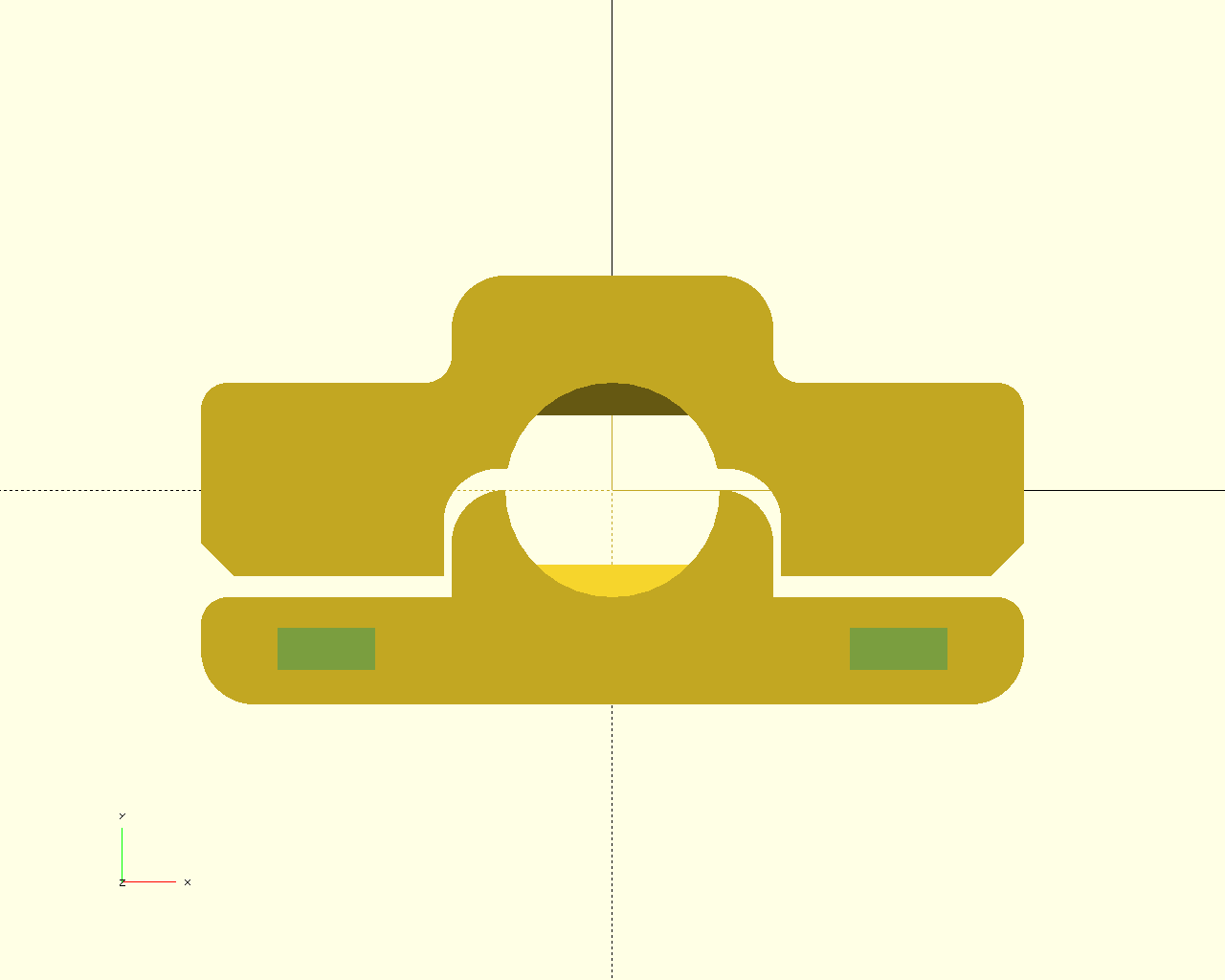 | 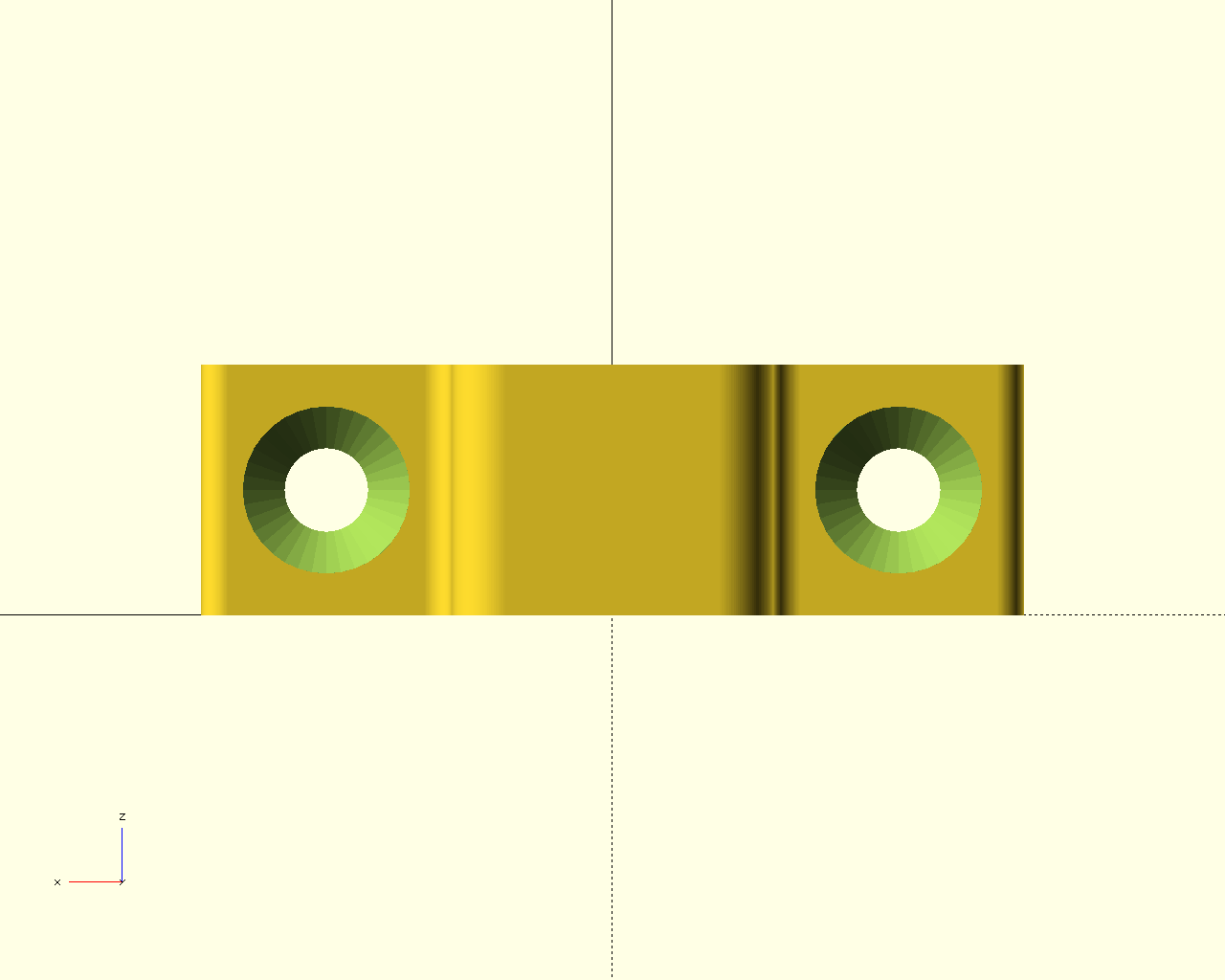 | 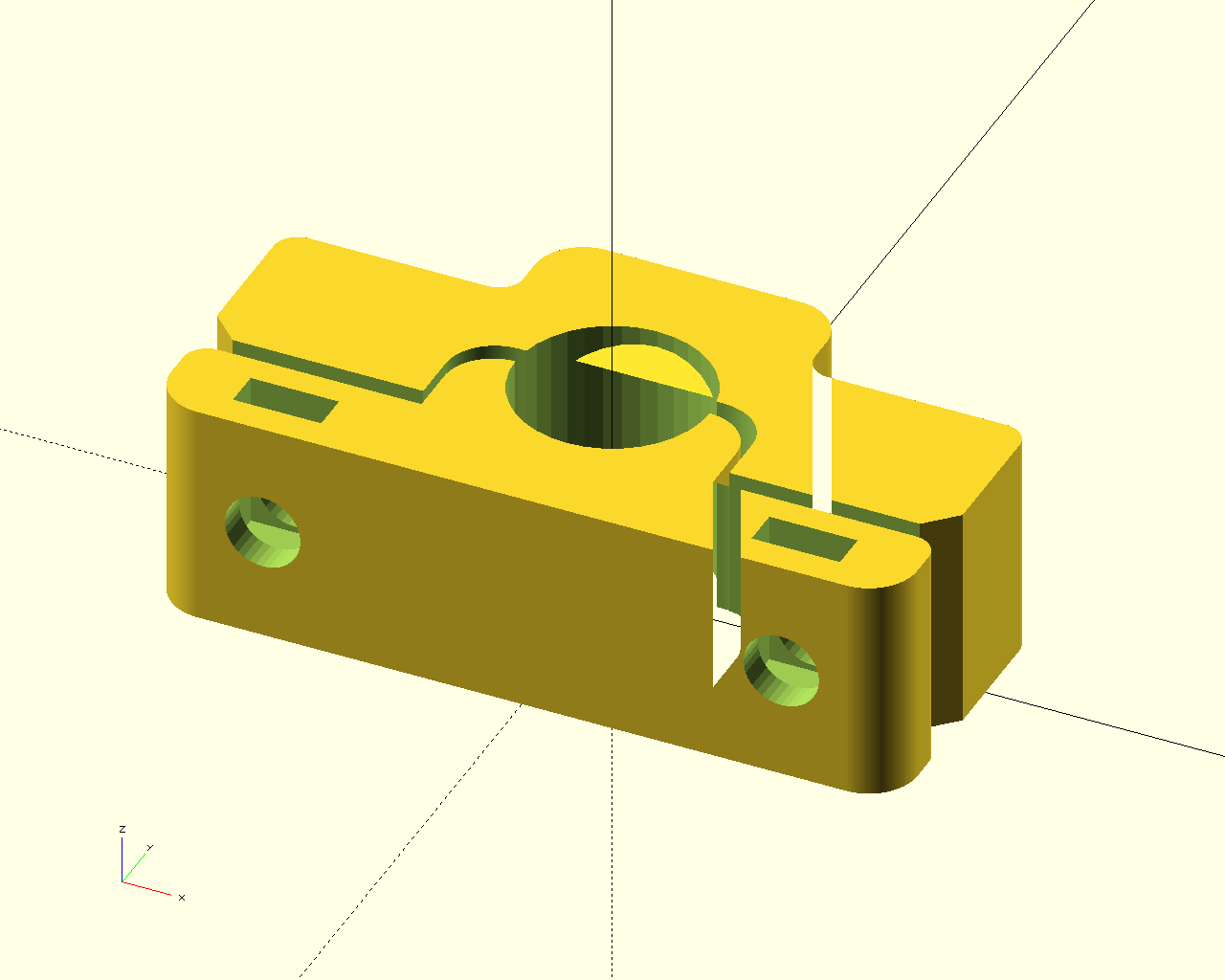 |
Cone example script
| top | back | diag |
|---|---|---|
 | 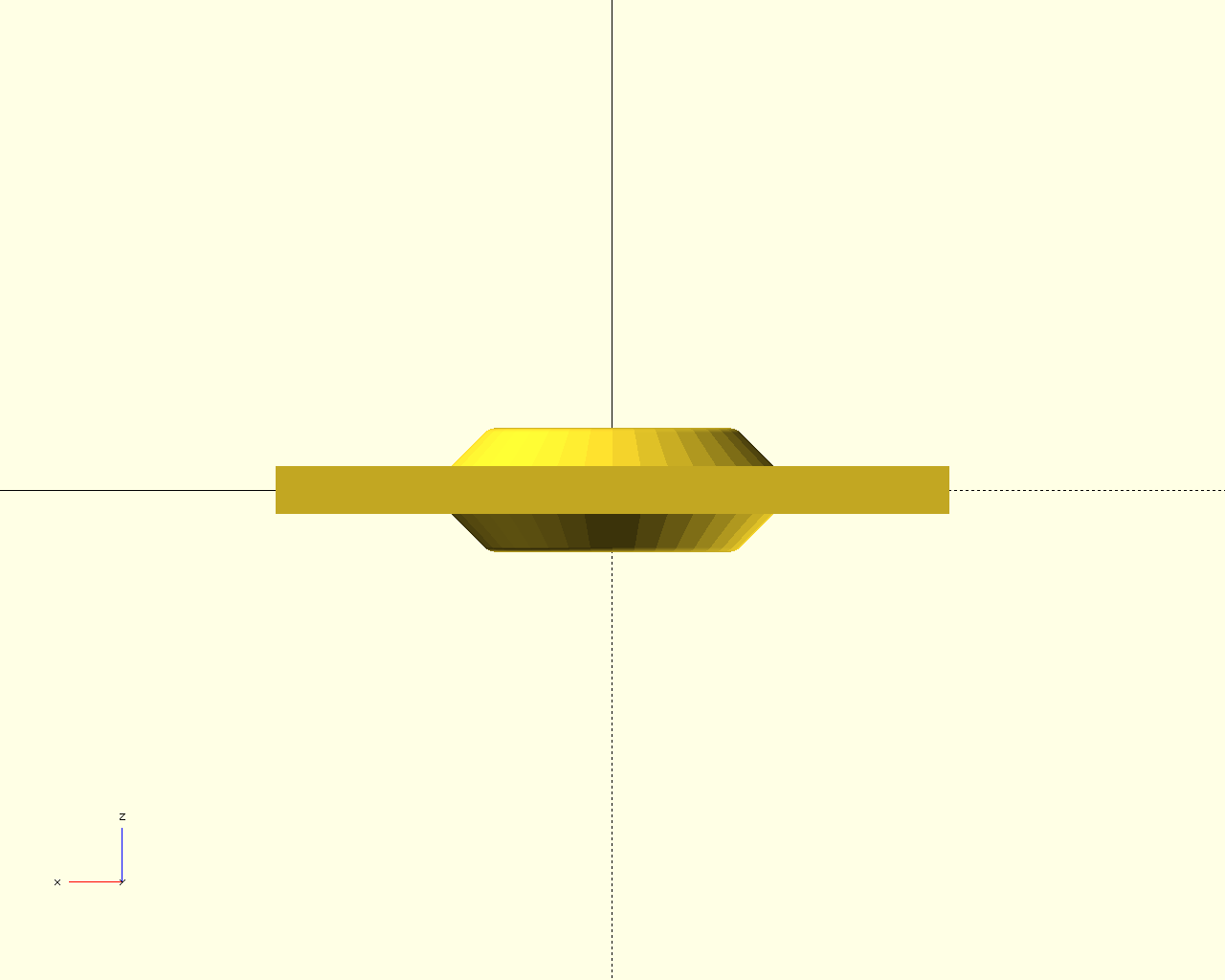 | 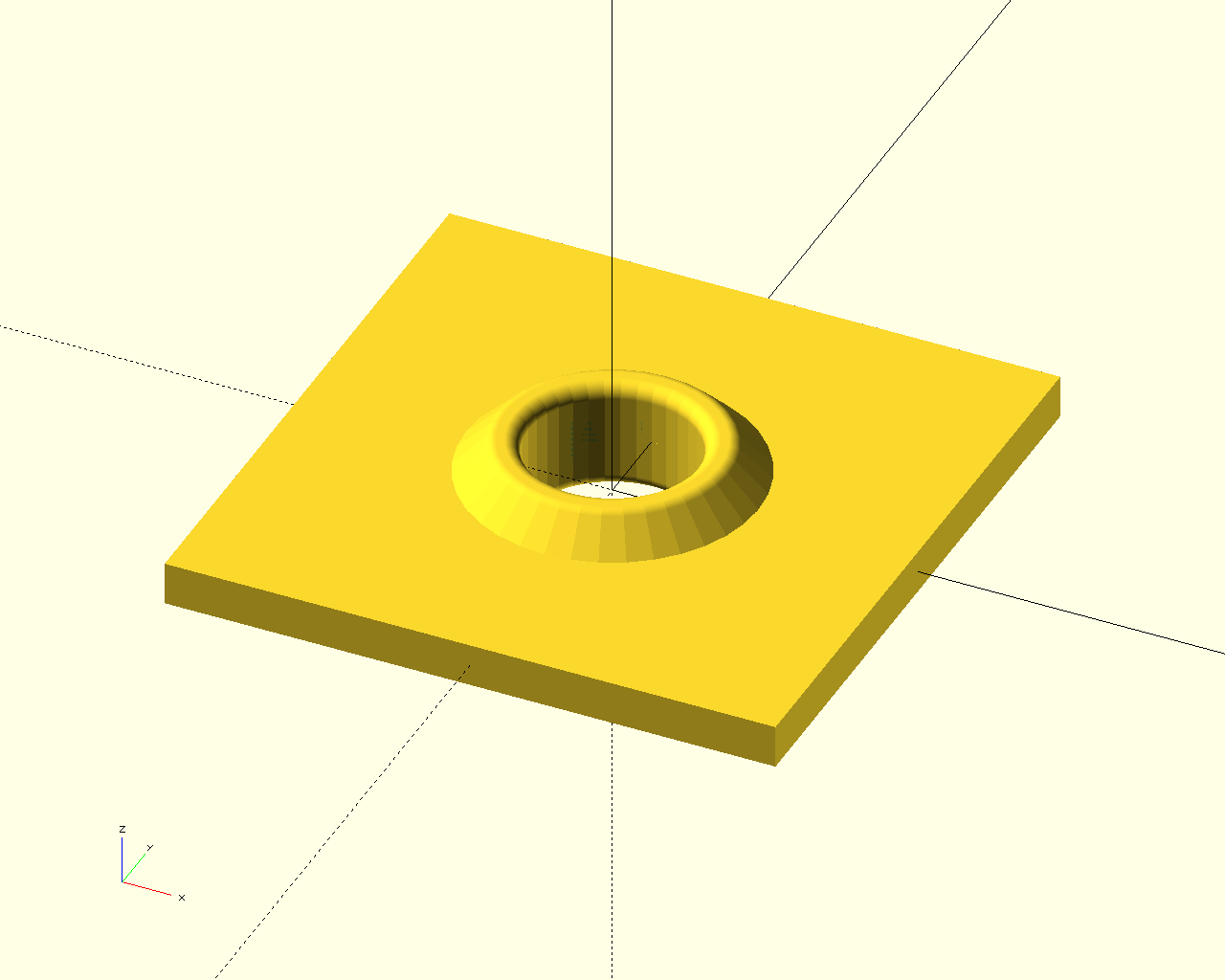 |
Grip example script
| top | back | diag |
|---|---|---|
 | 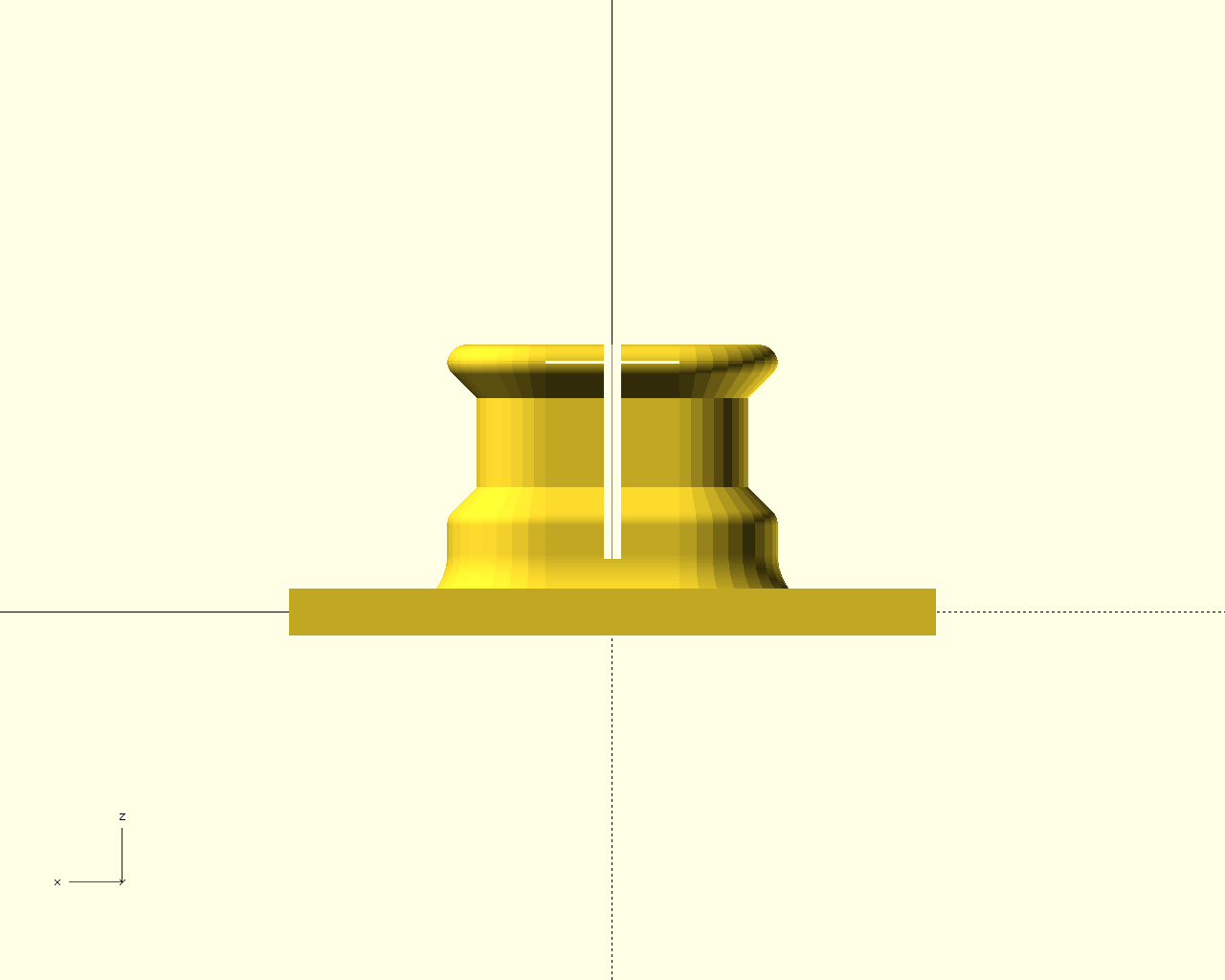 | 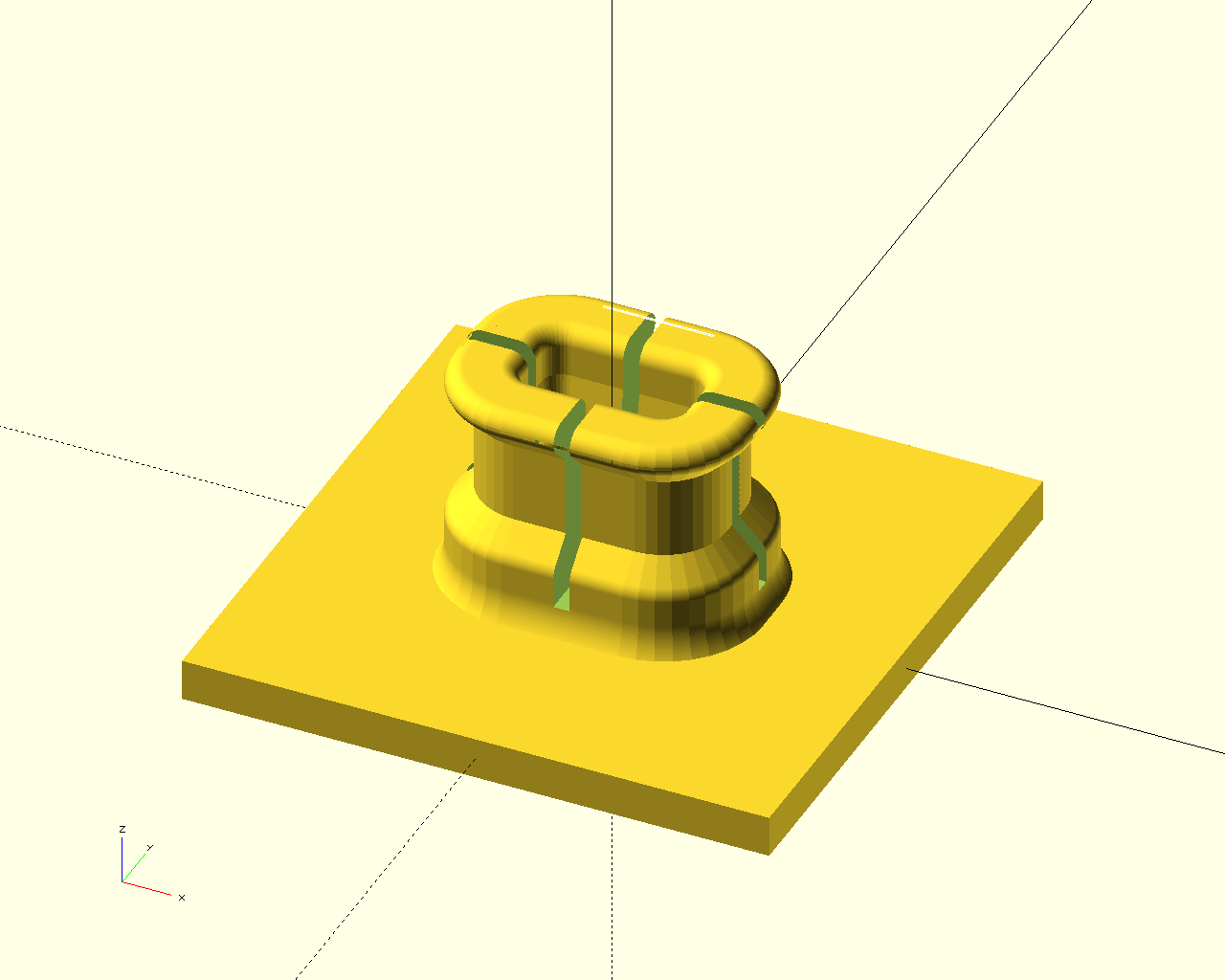 |
Definition at line 742 of file clamps.scad.
 Here is the call graph for this function:
Here is the call graph for this function: Here is the caller graph for this function:
Here is the caller graph for this function: